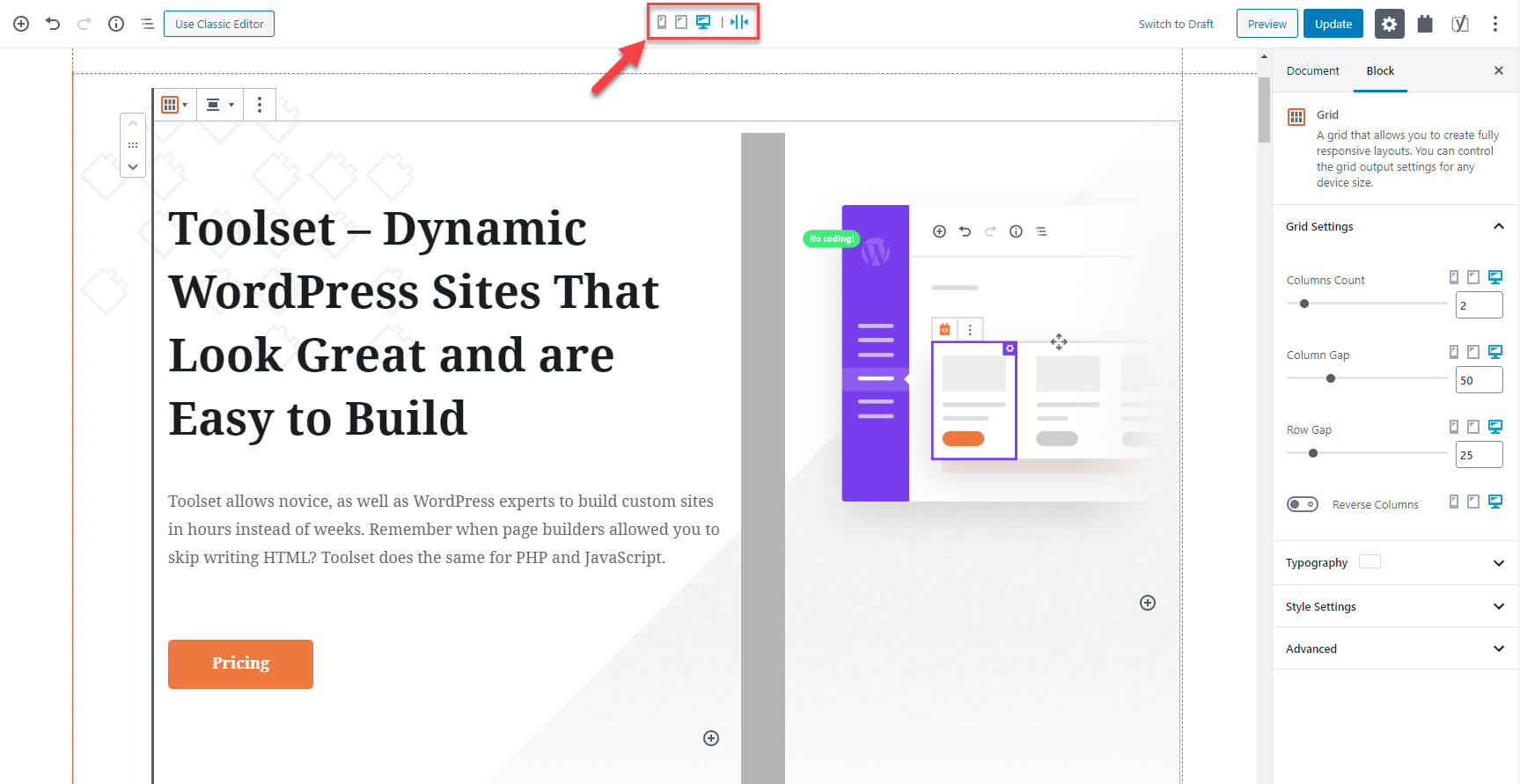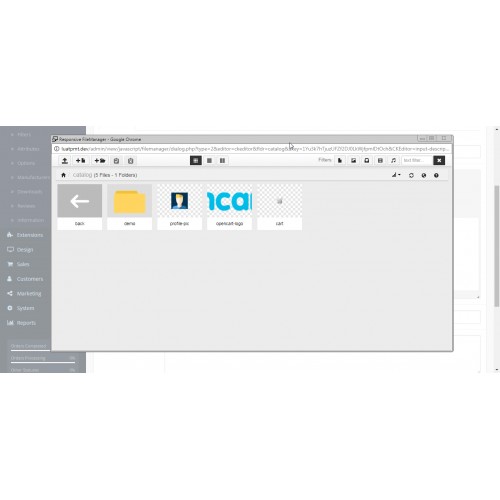

A: In a minor adaption of Shneiderman's (1996) information seeking mantra (overview first, zoom and filter, details on demand see Big Data Visualization), first requires the user to configure a number of search parameters that narrow the resulting spatial and temporal extent of the query, such as destination, checkin/-out date, number of rooms, etc., resulting in computational and visual efficiency. Figure 4 presents the example of, a European mobile mapping app designed to help find available hotels and other forms of short-term lodging based on user-defined constraints.

Compared to general purpose searching apps like Google Maps and Apple Maps primarily focused on waufinding to a specific, known location in the landscape (Figure 1), there are a number of apps designed to help users iteratively narrow a large set of candidate options to find a previous unspecified location of interest or value. Browser developer tools allow designers to test their responsive strategy in multiple screensizes. Finally, the mobile version enables voice interaction for search. Importantly, the directions button is repositioned and enlarged for mobile, again facilitating thumb-based interaction.

The search form remains in the highest visual position in both versions, with the more specific search for current location fixed to the bottom-right of the map for easy thumb-based interaction. Interaction: Google Maps interactions are mobile-first, with important interface buttons (e.g., search location, directions) expanded in size for touch interaction. Map Elements: While a north arrow is not included by default, it is added to the mobile version when rotating or following directions in an egocentric view. Typography: The san serif typeface is optimized for mobile and nonmobile viewing, with the text remaining upright when rotating the map on mobile. Symbolization: The multiscale symbolization strategy using interlocking vector tiles keep a largely consistent basemap symbolization across devices.The primary difference is symbolization of the user's current location with a blue dot in the mobile experience. Projection: While both mobile and nonmobile include a button to search for the user's current location, the mobile option centers the map on the user's locaton by default and updates the user's position on the map when moving. The nonmobile version shows an image preview in the information window, while the mobile version includes a Street View preview, assuming the user is situated in the landscape. Both mobile and nonmobile used a generalized vector basemap by default, with the mobile version including an additional layers button for easy access to the imagery option. Scale & Generalization: Despite recommendations from the literature, the nonmobile version actually has a larger default cartographic scale (i.e., zoomed in), having greater basemap detail and label density. Map Composition & Layout: The information panel on the left-side of the nonmobile layout is collapsed to a bottom menu for mobile devices that, when activated, opens as a fullscreen dialog window atop the map. The images compare the same Google Maps query of Enschede, NL, on a widescreen laptop (1366x768 pixels) versus a typical mobile device (414x736 pixels). Google Maps: Mobile vs Nonmobile Responsive Design. Finally, emerging design recommendations for mobile maps are summarized, with representation design adaptations needed to account for reduced screensizes and bandwidth and interaction design adaptations needed to account for multi-touch interaction and post-WIMP interfaces.

Next, two strategies for creating mobile maps are introduced-mobile apps installed onto mobile operating systems versus responsive web maps that work on mobile and nonmobile devices-and core concepts of responsive web design are reviewed, including fluid grids, media queries, breakpoints, and frameworks. Scholarly influences on mobile mapping also are reviewed, including location-based services, adaptive cartography, volunteered geographic information, and locational privacy. First, the technical enablements and constraints that make mobile devices unique are described, including Global Positioning System (GPS) receivers and other sensors, reduced screensize and resolution, reduced processing power and memory capacity, less reliable data connectivity, reduced bandwidth, and physical mobility through variable environmental conditions. This entry introduces emerging design considerations for mobile maps. The rise of mobile mapping is challenging traditional design conventions in research, industry, and education, and cartographers and GIScientists now need to accommodate this mobile context. Geographic information increasingly is produced and consumed on mobile devices.


 0 kommentar(er)
0 kommentar(er)
